To listen to RTÉ.ie's radio and podcast services, you will need to disable any ad blocking extensions or whitelist this site.

0
00:00
00:00
Episode Notes
Panel: Richard Collins, Éanna Ní Lamhna, Terry Flanagan & Niall Hatch
Don't forget that for the summer months Mooney Goes Wild will be coming to you live at 19:00 each Sunday evening on RTÉ Radio One. Be sure to tune in each week as Derek Mooney and his team of expert panellists bring you the latest nature-themed news and wildlife discoveries in their weekly celebration of all things wild.
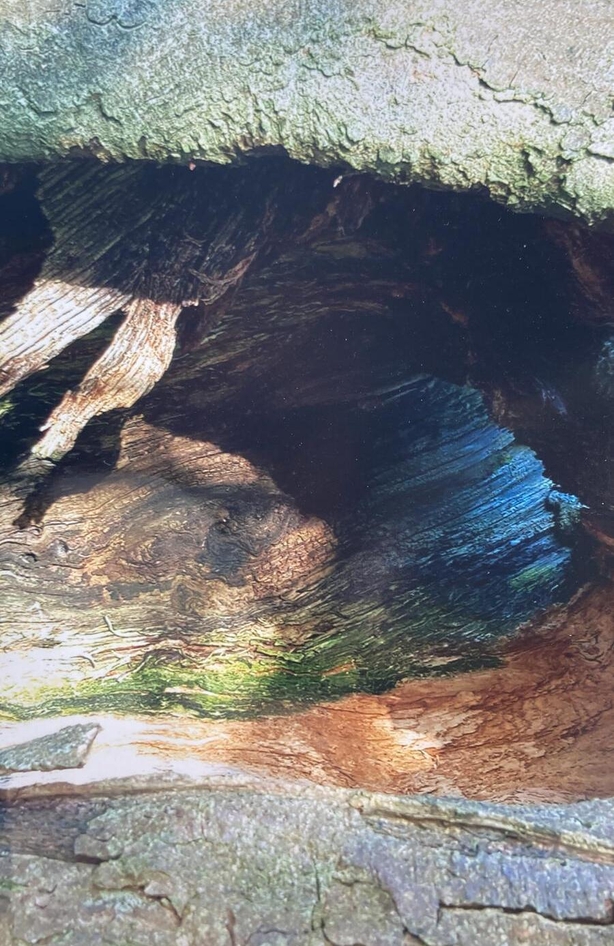
You will also have a chance to listen to another helping of Mooney Goes Wild in our usual slot of 22:00 on Monday nights, as well as any time you like at rte.ie/mooney
Achill Island
For this programme, Éanna Ní Lamhna joins us from lovely, windswept Achill Island, off the coast of Co. Mayo in the northwest of the country. At 148 square kilometres, it is the largest of Ireland’s offshore islands, and it boasts a resident population in excess of 2,500 people . . . as well as some of the most spectacular scenery our country has to offer.
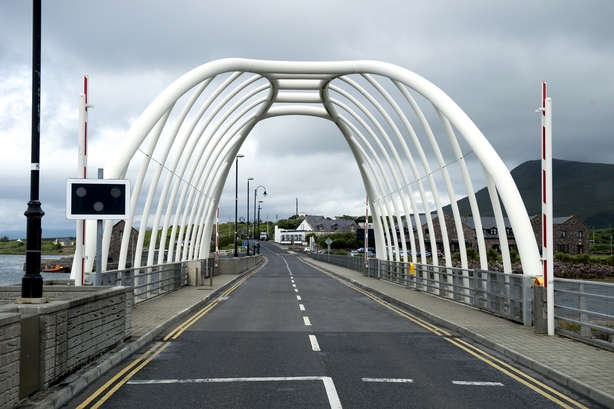
Connected to the mainland by the Michael Davitt Bridge, Achill is also one of the easiest of our offshore islands to visit, something which many thousands of tourists do each year. On tonight’s programme, Éanna tells us more about this truly enchanting isle, including some of the special flora and fauna for which it is so renowned.
For more information about visiting Achill Island, visit https://achilltourism.com/
In search of Ireland’s largest butterfly
Ireland is home to 35 regularly occurring species of butterfly, and the largest of them all is the spectacular Silver-washed Fritillary. It almost looks like a species that doesn’t belong in Ireland, and more like something one might expect to encounter in a tropical rainforest or a commercial butterfly house.
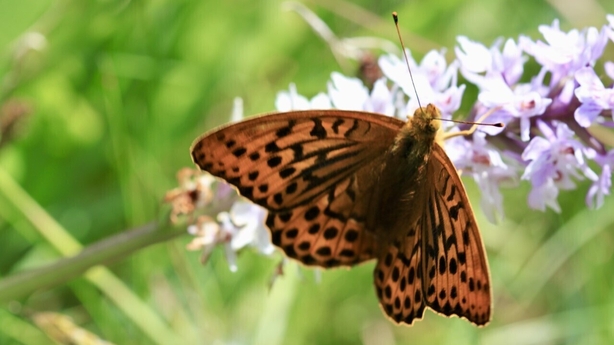
Patchily distributed throughout the country, the Silver-washed Fritillary can be a difficult insect to track down, in spite of its large size and striking orange-and-black colouration. Once located, however, they often put on an impressive show for observers, especially when the males are competing for the attention of the females.
Despite having decades of wildlife-watching under his belt, our roving reporter Terry Flanagan has never seen a Silver-washed Fritillary before. Who better to help him get to grips with this beautiful insect, then, than conservationist and author of The Irish Butterfly Book Jesmond Harding, one of Ireland’s leading lepidopterists?
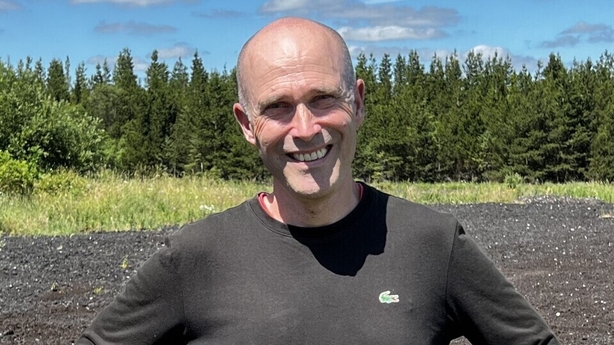
Jesmond took Terry to The Irish Peatland Conservation Council’s wonderful Butterfly Reserve at Lullymore Bog in Co. Kildare, one of the best sites for this species in the whole country, and on tonight’s programme we hear how they got on.
For more information about the Silver-washed Fritillary, visit http://www.irishbutterflies.com/silver-washed_fritillary_butterfly_of_ireland.html
For more information about Lullymore Bog, visit http://www.ipcc.ie/discover-and-learn/ipccs-peatland-nature-reserves/lullymore-west-bog-co-kildare-visitor-map-guide/
To purchase Jesmond’s superb publication The Irish Butterfly Book, visit https://birdwatchireland.ie/product/the-irish-butterfly-book-by-jm-harding/
Listener’s letter: pigeons in a flap
We absolutely love to receive queries from our listeners, and each week we are inundated with emails, social media posts and web enquiries. Our favourite communications of all, however, have to be good old-fashioned 'snail mail’ letters, and we recently received a lovely one from Mícheál O' (surname was missing from letter) from Mount Merrion in Dublin.
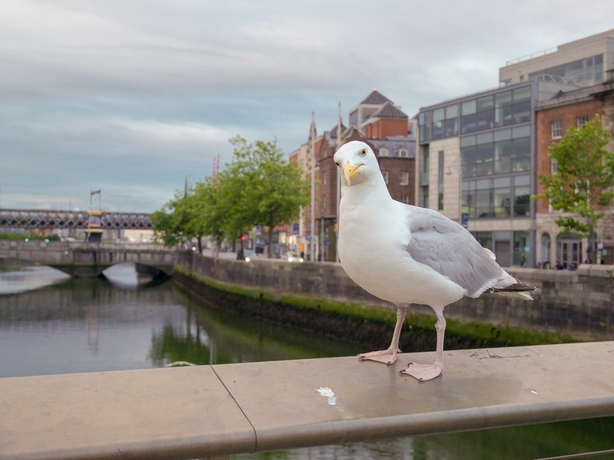
The queries were prompted by observations of a neighbour’s racing pigeons (the same species as the urbanised Feral Pigeon), which have the habit of gathering together in a flock on top of a nearby roof. Whenever a gull flies past or perches in the vicinity, the pigeons take no notice, our correspondent observes. However, if a Magpie does the same, pandemonium ensues. The flock will take flight en masse, but why do they do this and just how do they coordinate their sudden departure? Is it instinct, radar or fear, he wants to know.
Mícheál has also noticed that the flight actions of the pigeons and the gulls differ greatly. Gulls often glide and soar, for example, which is something that the pigeons never do. Instead, they flap more frenetically and seem to be in much more of a rush. Is there a constant ratio between the weight of a bird and the rate at which they flap their wings, he asks.
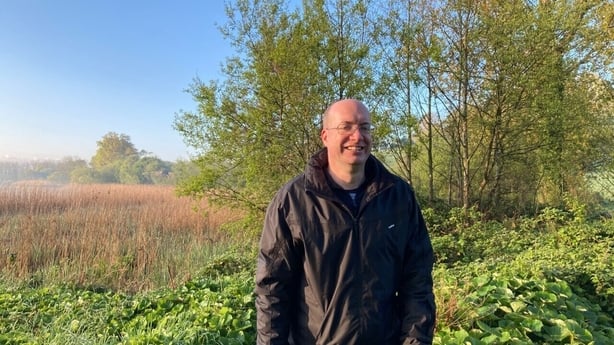
Well, with two of Ireland’s leading ornithological experts on our panel this week, it seems like a good time to answer these questions. On tonight’s programme, Richard Collins and Niall Hatch give us their thoughts and explain why different bird species have evolved different flocking and flight strategies.
For more information about Feral Pigeons, visit https://birdwatchireland.ie/birds/feral-pigeon
The Saga of the Sika
Our colleague Rob Canning is the RTÉ Radio Archivist, and for over 50 years now he has lived close to the River Dodder in Tallaght. He regularly walks through the Dodder Valley Park with his cocker spaniel Lenny (named after the late, great Canadian singer-songwriter Leonard Cohen) and takes a keen interest in the wildlife that he encounters.
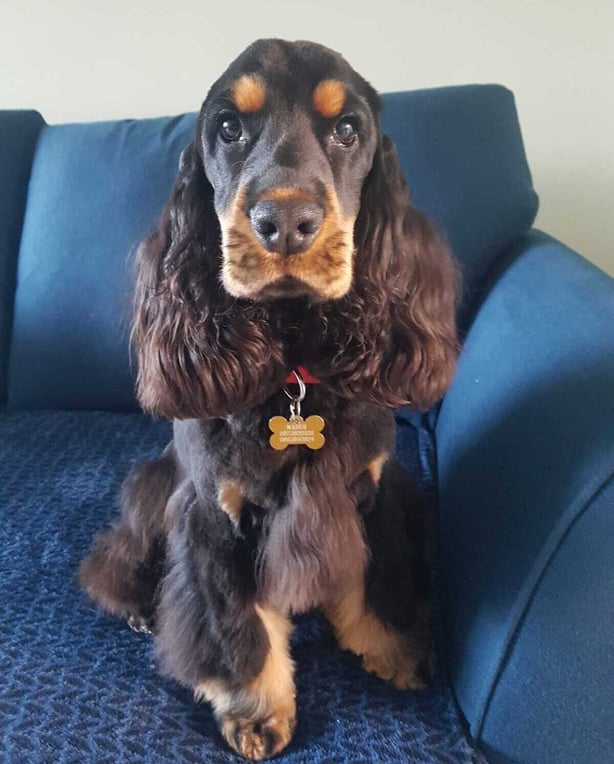
Normally Lenny tends not to be too fussed about the wild animals that they encounter, but on a recent stroll through the park it was a different story. A deer suddenly appeared, the first that Rob had ever seen in the area, and Lenny became extremely excited. He shot off after the creature, screaming and howling; luckily, he was restrained by his lead and so the deer got away without any trouble.
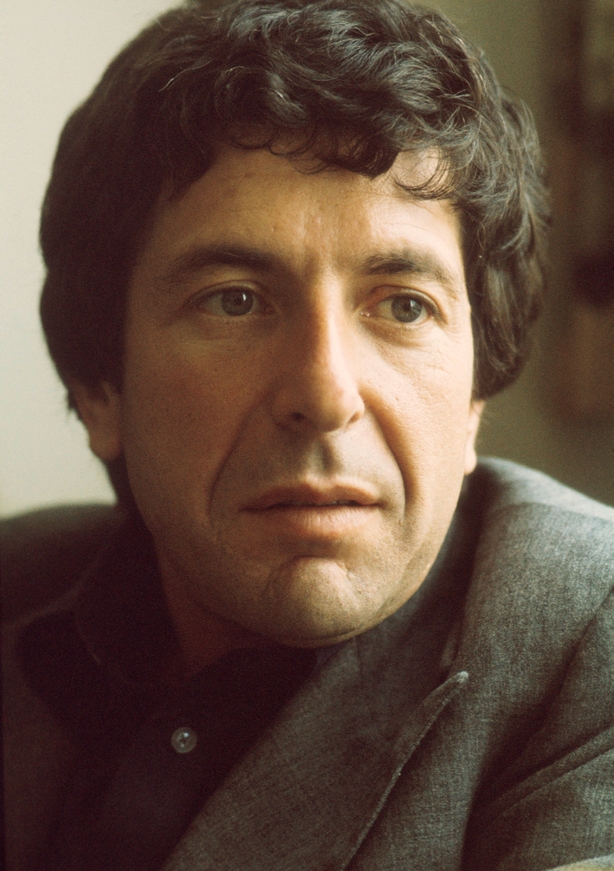
On tonight’s programme, Lenny talks to our panel about this unexpected encounter, and we discover that the deer in question was a Sika. This non-native species was introduced to Ireland from Japan in the 19th century, and since then it has become the dominant deer species across the country. Just what had brought the Sika to a suburban Dublin park, however, and why did Lenny suddenly behave so out of character when he spotted it?
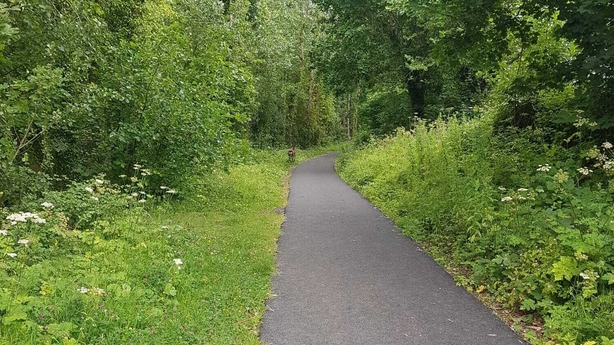
By the way, as we hear tonight, the animal in question is correctly called the Sika, not the Sika Deer: ‘sika’ is simply the Japanese word for ‘deer’, so there is no need to add the word ‘deer’ after it.
For more information about Sika, visit https://www.irishdeersociety.ie/japanese-sika/
The Summer Show: Sundays at 18:30 on RTÉ One television
The Summer Show is a road trip like no other. On Sunday nights in July at 18:30, Nuala Carey and our very own Derek Mooney embark on a unique journey. This series is an eclectic mix of stories from around the country showcasing Ireland’s natural beauty, heritage and biodiversity.
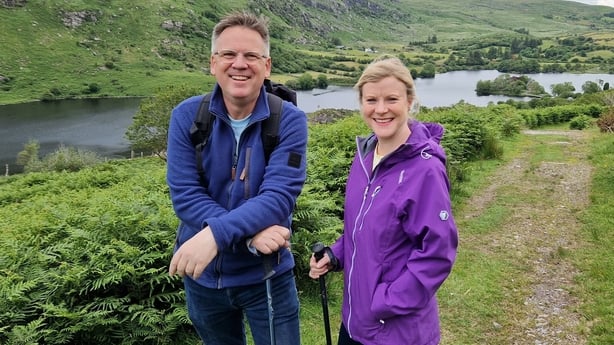
Each week the show will follow the route of one of Ireland’s famed pilgrim paths. Nuala and Derek will be joined by a host of celebrities, poets, historians, and wildlife experts as they inspire you to take a trip off the beaten track and reconnect with nature and take time to slow down and recharge your batteries.
